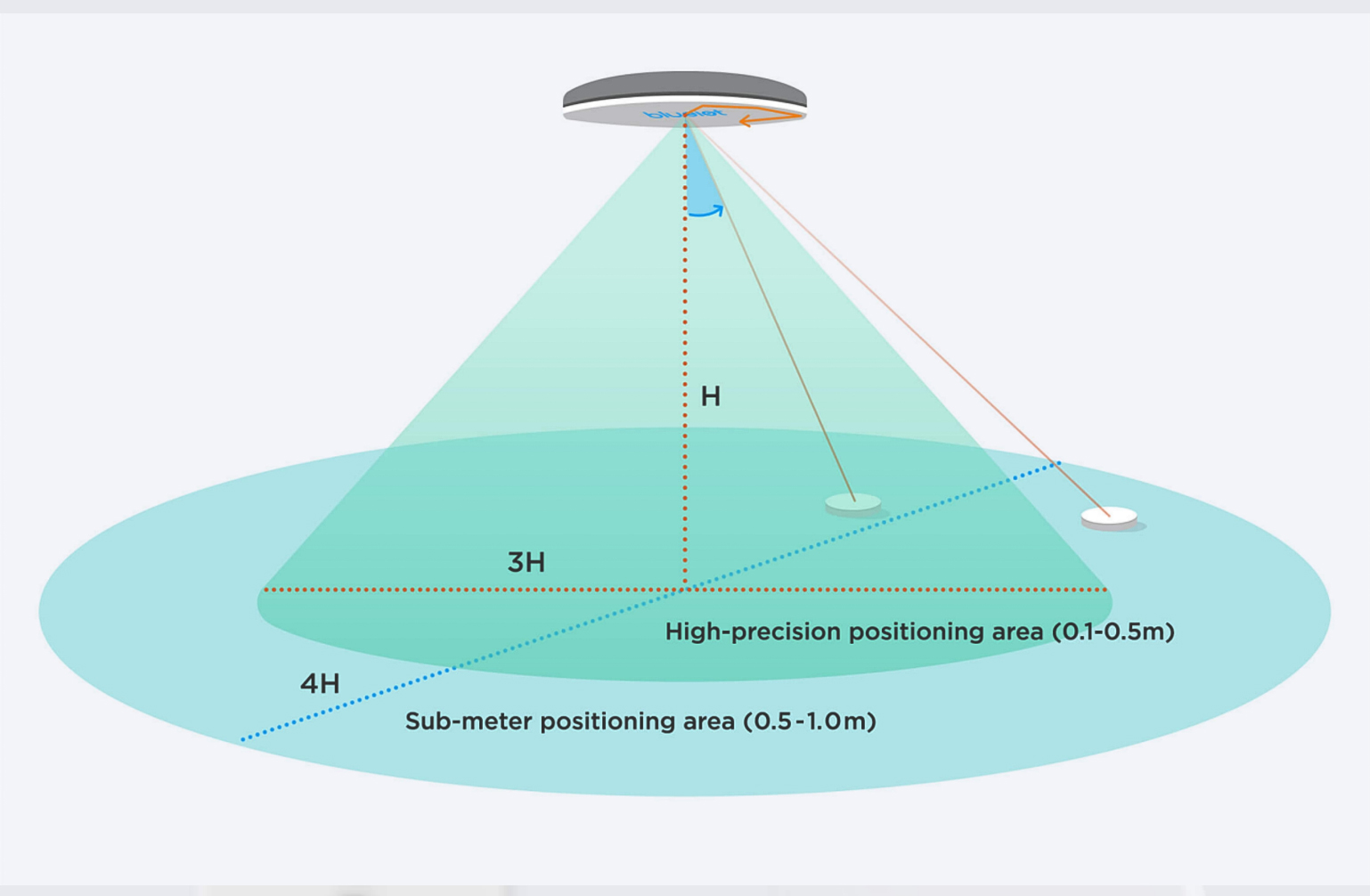As technology continues to advance, it’s no surprise that indoor positioning systems are becoming increasingly popular. But with so many options available, it can be hard to know which one is right for your needs. In this comprehensive guide, we’ll explore UWB vs Bluetooth technologies in indoor positioning.
What are UWB and Bluetooth?
Both UWB and Bluetooth can be used in indoor positioning applications to help improve the accuracy and reliability of communication between devices. They can be used to transmit signal strengths and determine the approximate location of objects.

Comparison of UWB and Bluetooth in Indoor Positioning
UWB and Bluetooth have many similarities, but there are also some key differences that should be considered when choosing which technology to use for indoor positioning. In this article, we will explore the key differences between UWB and Bluetooth and help you decide which is best for your specific needs.
First and foremost, both UWB and Bluetooth are wireless technologies. They allow devices to communicate without needing a physical connection. This makes them ideal for applications such as indoor positioning, where a wireless locating system is easier to be deployed than a wired one.
However, there are also some key differences between the two technologies that should be taken into account when selecting one over the other. For example, UWB can transmit data over much longer distances than Bluetooth does. This means that it can reach places that Bluetooth can’t, making it better suited for applications such as tracking objects in large rooms or corridors. It is frequently utilized in factories, law enforcement agencies, automotive assembly lines, logistic warehouses, power plants, and other industrial settings.
In terms of power usage, Bluetooth is generally less energy intensive than UWB. This is because Bluetooth requires only a very small amount of power to operate. In comparison, UWB requires significantly more power to function! RTLS solutions based on AoA can be implemented in a variety of settings, including healthcare, manufacturing, retail, transportation, public safety, etc.
Conclusion
If you are looking to improve your indoor positioning capabilities, understanding the different types of wireless technology that are available to you is essential. In this article, we have explored the differences between UWB and Bluetooth in indoor positioning. At Blueiot, we provide indoor positioning systems and products for 8 years. If you are interested in investing in these products, please contact us!